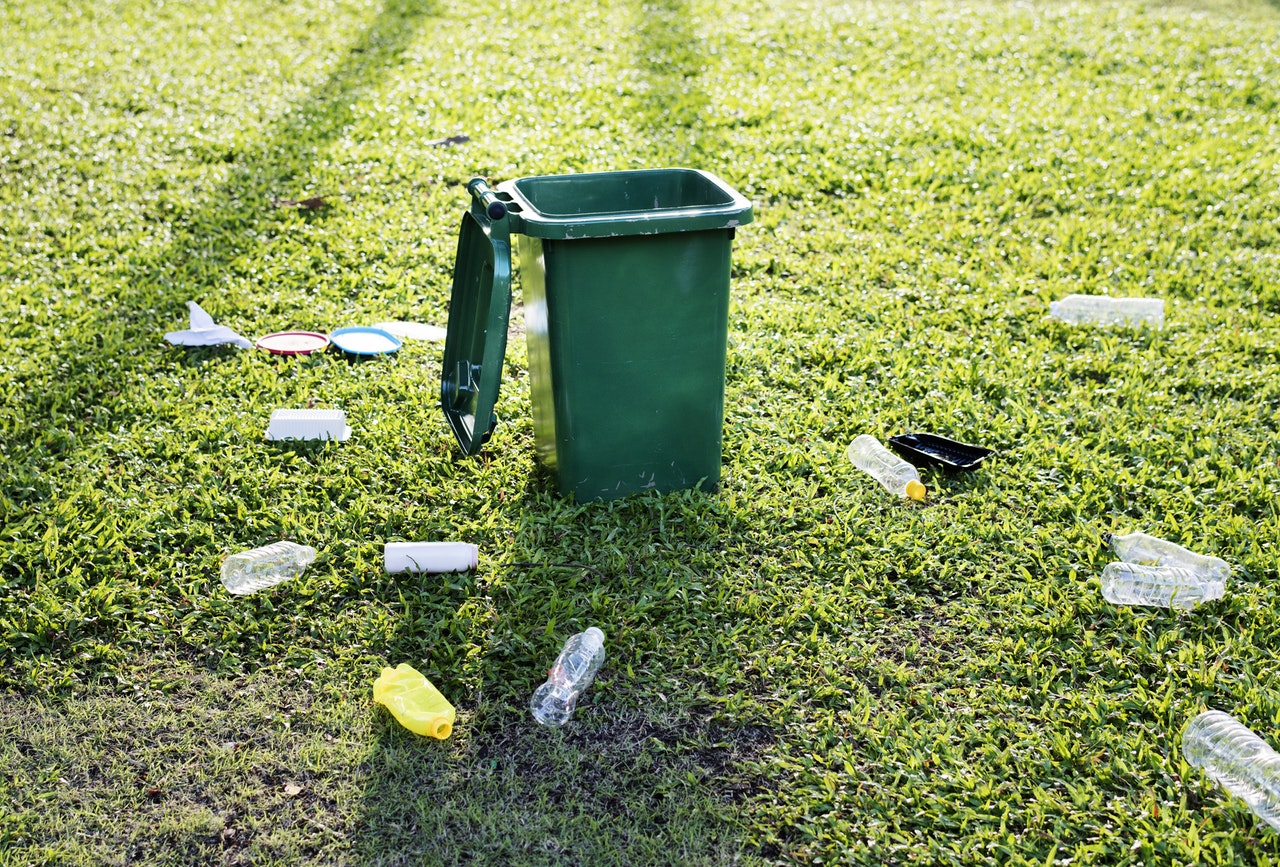There was an interesting article in Newsday a couple days ago (Kinberly Yuen, “Waste not: LI pair tosses trash only 3 times a year” July 17) about a local Long Island couple who throw out their trash only about three times a year. That’s quite an extraordinary feat, considering that the average American, according to the Environmental Protection Agency, produces 4.4 pounds of trash per day.
The article reveals some of their tricks to explain how they accomplish that. Almost everything in their home is upcycled or purchased secondhand. An old shirt, for example, “was turned into a produce bag, with the rest cut up and used to replace tissues,” as the article explains. And for takeout food, they use their own utensils and containers.
According to the article, the concept of living a “zero waste” lifestyle piqued Nicole’s interest after she read about a woman in New York City who was doing just that.
The article states that “the Lentinis recognize that a completely waste-free life is impossible,” and notes that the prescription cat food that they buy comes in plastic. The garbage that they do throw out (about three times a year), according to the article, “consists of mostly nonrecyclable paper and plastic.”
It’s worth noting at this point that not all of what we put out at the curb to be recycled, is actually recycled. As a New York Times article reported several weeks ago (Livia Albeck-Ripka, “Your Recyclables Get Recycled, Right? Maybe, or Maybe Not” May 31), a considerable amount of what we believe is being recycled, isn’t. For example, the article states that according to Brent Bell, Waste Management’s vice president of recycling, “approximately 25 percent of all recycling picked up by Waste Management is contaminated to the point that it is sent to landfills.” Disposable coffee cups and food waste are two common causes of contamination. But that’s not all. In fact, it never ceases to amaze me, when I see the wide assortment of things people have carelessly tossed into those clearly-marked “Paper only!” recycling containers, such as the ones commonly found in office buildings.
Expense is another issue that gets in the way of recycling. This Times article states that according to Peter Spendelow, a policy analyst for the Department of Environmental Quality in Oregon, companies in rural areas tend to have higher costs associated with getting their materials to market and as a result, their recyclables could end up being dumped in a landfill instead of being recycled.
Another factor that has caused there to be less recycling and more dumping, has been China’s stricter standards regarding the amount and type of material that they will accept for recycling. I certainly can’t fault China for taking such steps, but also wonder whether this was implemented as a thinly-veiled tit-for-tat response to Trump’s economics-based saber-rattling regarding placing tariffs on Chinese imports.
In any event, China’s change in policy regarding what they will accept has caused major headaches for many communities in the United States since its implementation. In some communities, as the article points out, local officials and garbage haulers are telling people to put materials that used to go out with their recycling, in with their trash instead. Other communities, like Grants Pass, Ore., “are continuing to encourage their residents to recycle as usual,” even though that material will instead be sent to a landfill. Their justification for doing this is out of concern “that if they told residents to stop recycling, it could be hard to get them to start again.”
One thing I learned from reading this Times article, is that the reason why people are told not to include pizza boxes with the cardboard they put out for recycling, is because of the oil (if there is a side of the box that is not stained with oil, then that side is recyclable).

